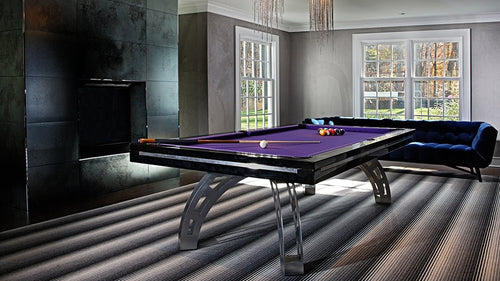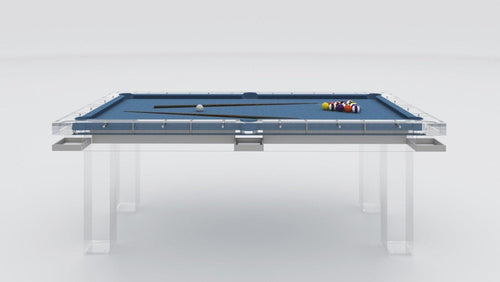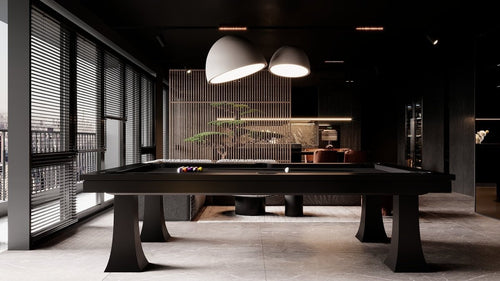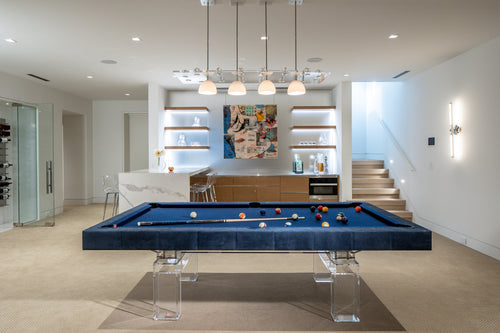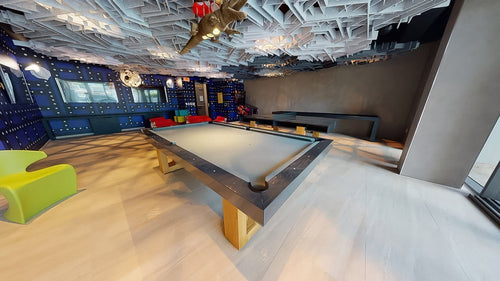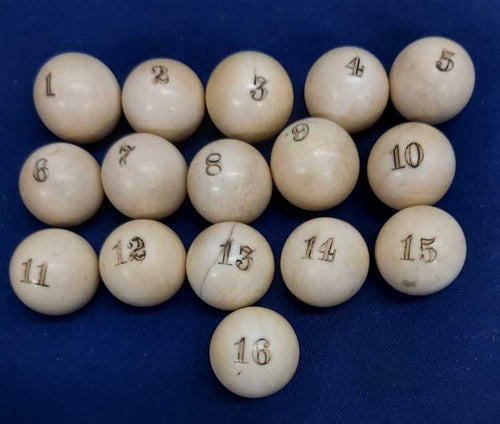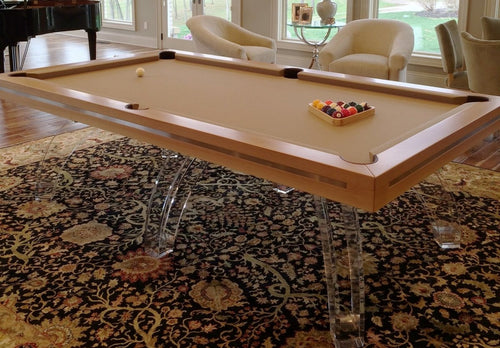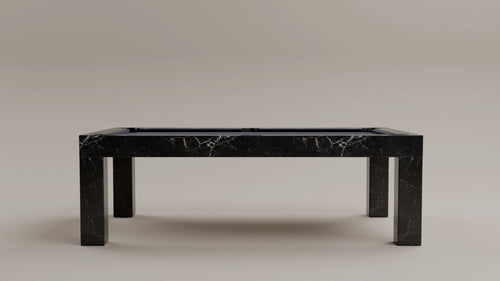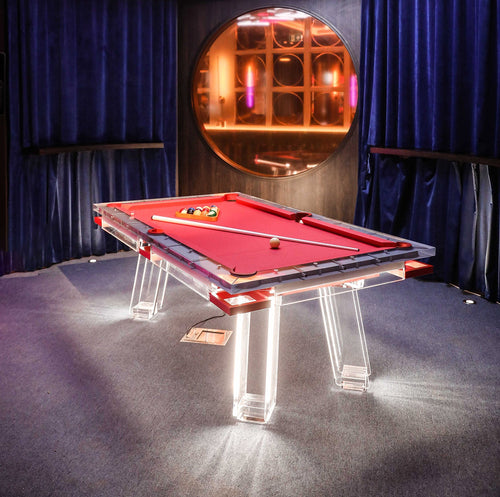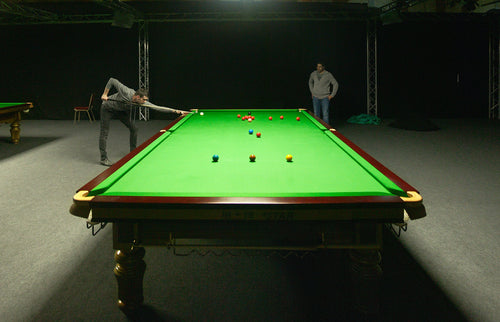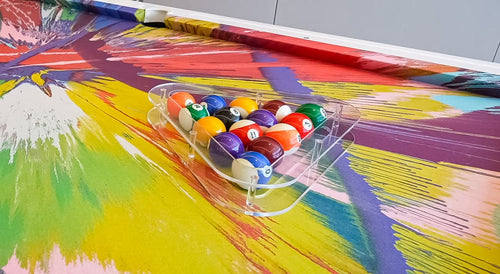Enjoy our modern designs
Estimated Read Time: 6 mins |
In contemporary interior design, documentation is much more than administrative paperwork—it's a dynamic tool that shapes the entire creative process, ensuring precision, clarity, and successful project outcomes. From initial meetings through to final installations, each stage relies heavily on accurate documentation to communicate, guide, and validate design decisions.
Setting the Foundation: Programming and Analysis
The interior design journey begins with understanding and clearly defining client needs and project requirements. This crucial first step involves creating a design analysis—a comprehensive document that captures the client's objectives, budget constraints, and functional expectations. This reference point serves as a guiding light throughout the project's lifecycle, ensuring alignment between the client’s vision and the designer’s execution.
Capturing the Existing Environment
A detailed survey of the existing space is another foundational documentation step. Designers meticulously record dimensions, layouts, structural features, and functional elements, often utilizing digital photography or video to capture nuanced details. This information is systematically organized, serving as a reliable reference during subsequent planning and design phases, minimizing guesswork and ensuring precision.
Visualizing Initial Concepts
Transitioning into creativity, designers employ concept boards to visualize and communicate the proposed style and thematic elements. These boards—collages of images, textures, color swatches, and sketches—bridge the methodological approach and creative vision, enabling the client to quickly grasp and respond to early design ideas. They become the basis for further refinement and collaborative discussion.
Drawing as Communication: From Sketches to CAD
Documentation in interior design is significantly visual. Initially, designers use freehand sketches for rapid exploration and immediate client feedback, translating abstract ideas into tangible visuals. As concepts mature, detailed documentation becomes essential, facilitated by sophisticated CAD software. CAD drawings communicate layouts, dimensions, technical details, and construction specifics, forming a bridge between designers, contractors, and engineers.
These technical drawings are critical for areas such as kitchens, bathrooms, and custom installations, indicating materials, finishes, dimensions, and methods. Standardized symbols, annotations, and clear graphic conventions ensure coherence and reduce misunderstandings during construction.
Material and Finish Documentation
Material boards supplement design drawings by providing a tangible representation of textures, colors, finishes, furniture choices, and accessories. Prepared with thoughtful attention to lighting and environment, these boards help clients vividly visualize the final scheme, ensuring alignment of expectations before commitments are made.
Managing and Coordinating the Project
Documentation plays a central role in project management. Once designs are approved, designers generate detailed specifications, working drawings, and bidding documents to obtain accurate quotations from builders and suppliers. Clients receive copies to maintain clear understanding of progress and specifics.
Contracts outlining terms, fees, scope of work, and responsibilities represent another crucial form of documentation. Designers also manage permit applications and regulatory approvals, requiring meticulous documentation and follow-up.
Digital Transformation and Collaborative Documentation
Advancements in digital technology have transformed how documentation is created, managed, and shared. Digital design software enables efficient, accurate documentation. Layering standards within digital platforms facilitates seamless information sharing among multidisciplinary teams, enhancing collaboration and precision.
Engaging Client Presentations
Presentations themselves are critical forms of documentation. Whether through structured design boards, tactile mood boards, or interactive digital presentations, these tools convey the logic, aesthetics, and practical considerations behind design decisions, fostering informed client engagement and approval.
The Integral Role of Documentation
Ultimately, documentation in interior design is not passive record-keeping. It actively shapes the creative process, ensuring accuracy, clarity, and consistency across all phases. Effective documentation streamlines communication, manages expectations, mitigates risks, and significantly enhances the likelihood of project success, making it indispensable for contemporary interior designers.



